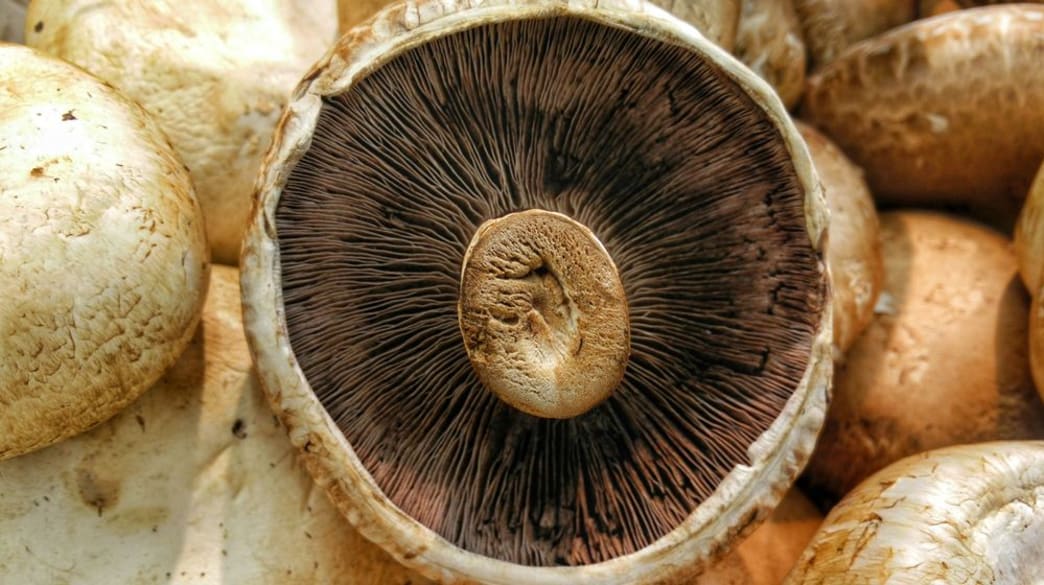
If you want to lose weight but don’t want to be hungry, favour high-fiber foods.
Average fiber consumption for most people is 14g a day, when 30g is the recommended amount. Fortunately, once you start looking out for it, it’s not a tricky requirement to meet.
Why do we need fiber?
Getting enough fiber can reduce the risk of heart disease, type 2 diabetes and some cancers, as well as helping control your weight and ensuring you stay, ahem, regular. fiber aids digestion by absorbing water as it passes through your bowel and so increasing the bulk of your waste products. fiber is also a welcome ally in the fight against weight gain through the magic of satiety. Broadly speaking, it makes you feel fuller for longer, but without adding many calories.
There are actually two kinds of fiber, soluble and insoluble. The latter moves through the body without being broken down, ensuring the smooth running of your digestive system. Soluble fiber can be digested by the body, and has been shown to reduce cholesterol levels, reducing the risk of heart disease.
And there’s a longer-term benefit to eating more veg and other fiber-rich foods: it protects your brain from some of the cognitive decline associated with ageing. Bacteria that digest fiber in your gut produce fatty acids that, research published in the Frontiers In Immunology journal showed, contain anti-inflammatory properties that protect your microglia, a type of cell that makes up 10-15% of your brain.
High-fiber foods
Dietary fiber is only found in plant-based foods like vegetables, nuts, fruit and grains. Good sources of insoluble fiber include wholegrain bread, bran and other cereals and nuts. For soluble fiber, eat oats, fruit and root vegetables.
If you’re not already a fiber fan be careful to increase the amount in your diet gradually. Going from fiber zero to fiber hero too quickly can cause stomach cramps and bloating.
Wholegrain and wholemeal foods
If your current diet contains a lot of bread and pasta then going wholemeal is an excellent starting point if you’re looking to improve it health-wise. Not only will the increased level of fiber aid digestion, fat loss and internal gut health, but there will likely be a drop-off in calories too. On average, wholemeal foods also contain more protein which will help maintain muscle mass.
Quinoa
It may be fashionable, but it’s worth the hype. With around 6g of fiber per serving, quinoa makes an ideal addition to any considered nutrition plan. What sets this seed apart is that in that single serving, you’ll also find an impressive 8g of protein and a complete amino acid profile.
Chia seeds
Given their tiny size, you would be forgiven for not recognising just how important chia seeds can be to your diet. In just 30g you will find over 10g of fiber. It’s also easy to incorporate them into your diet – simply sprinkle and mix in with cereals, yogurts and salads.
Mushrooms
Mushrooms are full of chitin, a type of water-insoluble dietary fiber that makes up the cell walls of all fungi. Insoluble fiber is not metabolically active so it doesn’t contain calories, but it does add bulk to meals. Add mushrooms to stews, sauces and omelettes to stay feeling full.
Nuts
All nuts are high in water-soluble dietary fiber, which is dissolved and fermented in the colon. Of all nuts almonds have the most fiber per 100g, so snack on them when hunger strikes to avoid the temptation of sweet snacks. You’ll also get a whack of vitamins B and E.
Legumes
Beans, pulses and other crops in the legume family are low in calories but high in soluble fiber and decent amounts of protein – 100g of chickpeas contains around 7g – as well as other essential vitamins and minerals. Use them to bulk out soups, sauces and other main meals.
Carrots
Most varieties of root vegetables are high in soluble fiber, while their skins are full of insoluble fiber, especially sweet potatoes. Cover chopped root veg and peppers in olive oil and roast in the oven for a low-calorie, nutrient-dense side for steak and other protein choices.
Jacket potato
All potatoes offer a fair chunk of fiber, but your best bet is a sizeable jacket potato with the skin left on. A baked potato brings in 2.6g of fiber per 100g. With an average jacket potato generally weighing around 180-200g, you’ll be cramming in 5g of fiber before you even take into account fillings.
Brussels sprouts
These tiny, green balls of fun have been confined to Christmas dinners for too long, especially when you consider the boatload of fiber they bring to the table. A 100g serving of sprouts counts for just over 4g of fiber.
Dried apricots
The perfect snack for fiber-hunters, just don’t go nuts and eat the whole pack, as there’s plenty of sugar in dried apricots too. A 30g serving contains a solid 1.9g of fiber, which will tide you over nicely until your next meal.
Oats
Just 50g of oats contains 4.3g of fiber so make every effort to insert oats somewhere into your daily routine. Whether that’s porridge or muesli for breakfast, or a flapjack snack. Or just chuck them in a curry. Will that work? Who can say until you’ve tried it?
Bran
Long-standing favourite of the fiber fan club, bran for breakfast is the surefire way to get your day off to the ideal start. A bowl of All-Bran contains 10g of fiber, an impressive third of your 30g per day target. Add in some raisins for extra fiber and, more importantly, for some flavour.
Brown Rice
It might take a fair bit longer to cook, but brown rice brings in around double the fiber of white rice, notching 2g per 100g, so it’s worth making the switch.
Prunes
Here’s an old joke that will get fiber fans chuckling every time: “What’s the definition of a pessimist? Someone who puts prunes on their All Bran.” If the punchline doesn’t make immediate sense to you, don’t worry – you’ll catch on in the cubicle. An excellent fiber-filled snack, 30g of prunes will net you 1.7g of the stuff.
Sweet potatoes
As well as counting towards your five-a-day – unlike regular spuds – sweet potatoes pack in 2.4g of fiber per 100g. A large sweet potato usually weighs around 150g, so that’s 3.6g of fiber sorted.
Hummus
Thanks to its high chickpea content the king of dips is bursting at the seams with fiber. A quarter of a 200g pot contains 2.4g, so when you consider that all normal people compulsively eat an entire tub in one sitting, that’s almost 10g of fiber! A load of fat too, sure (even if most of it’s the “good”, unsaturated kind), but think of the fiber.
Canned sweetcorn
A cheap, convenient and tasty option to fill your cupboards with in case of a fiber crisis. Half a 325g can of sweetcorn contains 3.3g of fiber. For a double hit of fiber, chuck some sweetcorn in with your brown rice when you cook it.
High-fiber Meal Plan
Breakfast – All-Bran
A bowl of All-Bran brings in 10g of fiber, you’re already a third of the way there. Another option is a brace of Weetabix biscuits, which will give you 4g.
Lunch – Baked potato with beans
A fiber hurricane. The potato (with skin) counts for 5g, while half a can of baked beans is 7.4g. If you opt for sandwiches, two wholemeal slices add 3.5g.
Snack – Popcorn
Popcorn is a great source of fiber, clocking in at around 9g of the stuff per 100g, while a small bag of almonds will contribute 2g to your total, the same as one apple (with skin).
Dinner – Pasta with vegetable sauce
Each serving of whole-wheat pasta logs over 5g. Make your sauce veg-heavy: carrots will bring in 4-5g per cooked serving, as will broccoli.
Written by Nick Harris-Fry for Coach and legally licensed through the Matcha publisher network. Please direct all licensing questions to legal@getmatcha.com.
Featured image provided by Coach

 Copyright © 2018 XR Nutrition.
Built with love in Utah
All rights reserved.
Copyright © 2018 XR Nutrition.
Built with love in Utah
All rights reserved.
Thanks for the information, it is really helpful for healthy purpose.